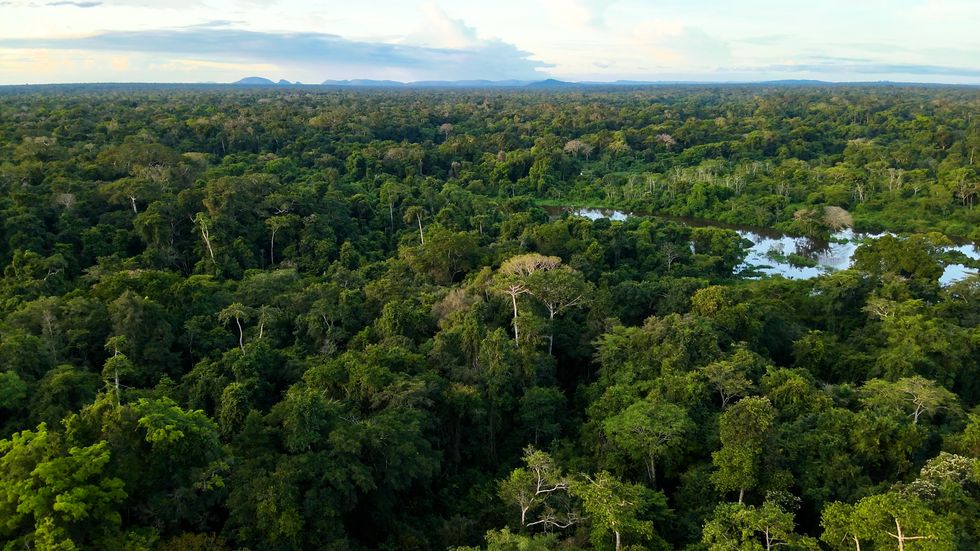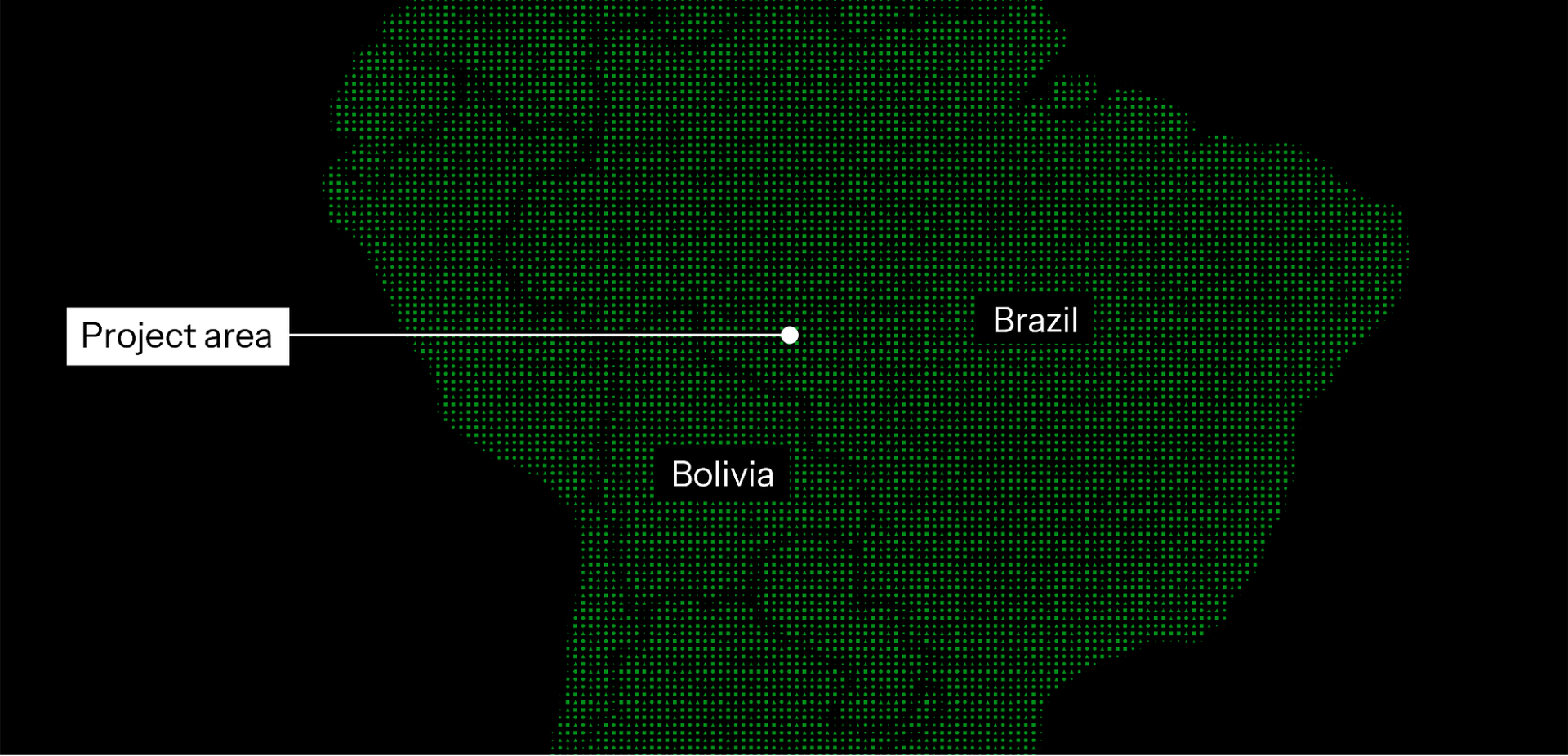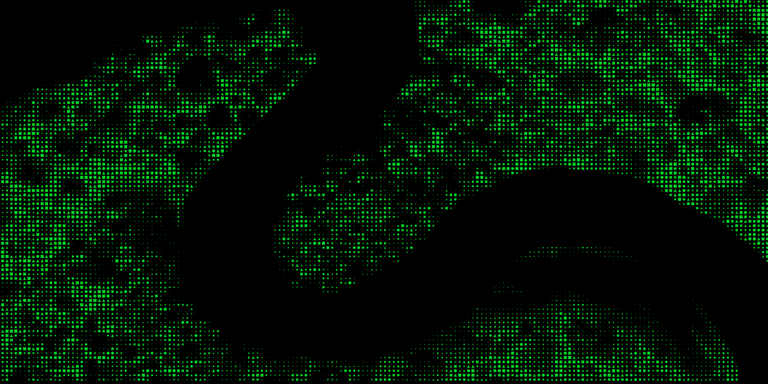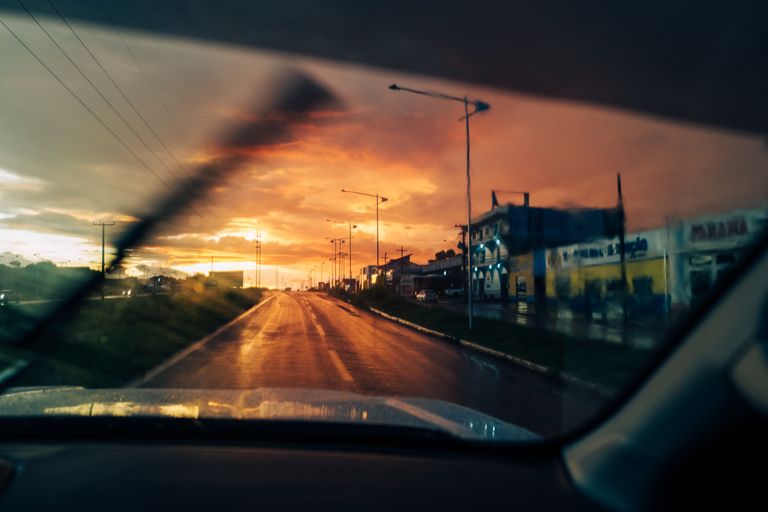Climate Diaries: Amazon

The Amazon rainforest
Often described as the lungs of the planet, the Amazon stores approximately 150-200 billion tonnes of carbon.

226 billion tonnes globally
Could be captured from the atmosphere by protecting and restoring the world’s forests.¹

Visiting the Amazon
Seeing carbon projects in context is essential to understanding their climate and community impacts.
Scroll down to watch a documentary of our visit to the Brazilian Amazon and read a personal account from one of our scientists.
Seeing benefits beyond carbon
Dr Clarissa Fontes, Senior Carbon Ratings Scientist and Avoided Deforestation Sector Lead at BeZero Carbon, shares her experience visiting a climate project in Rondônia, Brazil.
We left Porto Velho for São Francisco do Guaporé, the closest city to access the project area. We had 600 km to cover before we reached São Francisco do Guaporé, a small city on the ever-eroding edge of the Brazilian Amazon, near the Bolivian border. What struck me most along the way was the sheer scale of the deforestation - the devastation was overwhelming.

‘We saw stripped, agricultural and pasture land where the forest once stood. This is the deforestation frontier of the Amazon.’
For twelve hours straight, all we saw on either side of the road was stripped land - agricultural fields and pastures where the forest once thrived. This is the deforestation frontier of the Amazon, where the forest is rapidly giving way to development.
Occasionally, we saw a Brazil nut tree fly past the window, standing defiantly in the middle of deforested land, typically a crop field. These trees are protected by law, so agricultural farm owners cannot cut them. It was a sad sight; even though these trees were spared from the chainsaw, their long-term survival is uncertain without the support of the surrounding ecosystem that the lost trees once provided.

Community-Led Conservation in Action
Eventually, we reached our destination - an avoided unplanned deforestation project within an extractivist reserve, a type of protected area designed to promote sustainable use of natural resources by traditional populations such as rubber tappers, Brazil nut gatherers, and small-scale fishermen.
The BeZero team visited the reserve for several reasons: to see the project area for ourselves, to understand the project activities, and to witness the severity of ecosystem threats and drivers of deforestation. We spent three full days in the reserve getting to know the team that protects the forest and the people who live there.
Entering the forest is a sharp, sensory transition. The forest boundary is a straight line, providing an unnaturally stark contrast with the bare agricultural land.
‘You instantly feel the forest’s microclimate - it's a different smell, the humidity increases and temperature changes. And of course, the sounds completely change too.’
Once you enter the reserve, you instantly feel the forest’s microclimate - it's a different smell, the humidity increases, the temperature changes, and of course, the sounds completely change too. The noise of the outside world falls away and is replaced by chirping insects, chirruping birds, and the subtle movement of leaves.
In the forest, we met some of the traditional people that live there. They’re descended from early settlers in the region, such as rubber tappers. They’re extractivists, which means they sustainably farm the forest by harvesting Brazil nuts, gathering açai berries and tapping rubber. Witnessing these practices and speaking with the traditional people of the reserve was, for me, the highlight of the trip.
On our last day, we travelled up the river by boat to get a sense of the enormity of the forest and landscape. It was amazing to see such rich biodiversity. We saw many species of birds, monkeys, and butterflies the size of our palms, and passed families in their boats. The river is a vital lifeline for these communities, who rely on it not only for fishing but also as their primary means of transportation.
Witnessing the impacts of the project beyond carbon touched me on both the personal and professional levels. Speaking with the people living within the project area, it’s clear that the benefits brought by the project have significantly impacted the lives of community members.
There’s a lot of responsibility for project developers to consider the effects - and knock-on effects - of a carbon project prior to the intervention being made to ensure that the project will help communities rather than harm them. When a project is done right, it can help to improve the quality of life of people in and around the project area while preserving their culture and traditions.
‘Our assessment can have a tangible impact on people around the globe. That’s a responsibility we take seriously as a rating agency.’
This visit reinforced the sense of responsibility my colleagues at BeZero and I share to get our ratings analysis as accurate as possible. Our assessments can have a tangible impact on the wellbeing and livelihoods of people around the globe. That’s a responsibility we take seriously as a ratings agency. Companies use our ratings to drive carbon finance to the projects that are making a difference, not only in terms of their carbon avoidance or removal objectives, but also in providing non-carbon benefits for the communities living within and around these projects.
How BeZero Carbon’s Ratings Help Drive Climate Change Mitigation
BeZero Carbon visited Rondônia for educational purposes only. The project visited has not issued credits and is currently unrated by BeZero Carbon. This visit has no bearing on any BeZero Carbon Ratings past, present or future.
Learn more about Brazil's carbon economy
Read more






